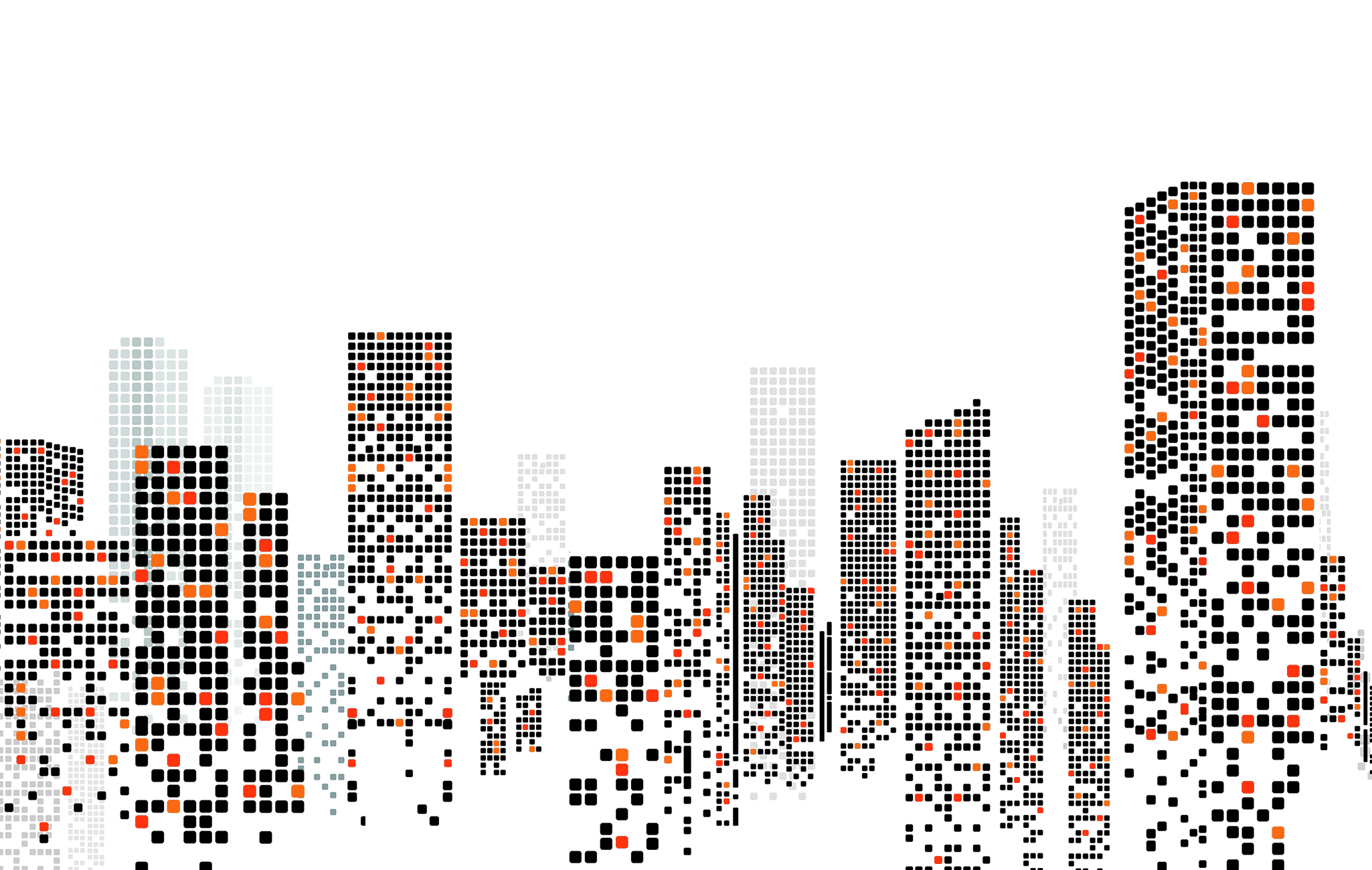

Room Acoustics – Are They the Missing Piece in the Occupant Experience?
Many of us take good acoustics for granted. But it’s common for acoustic efforts to be the first thing cut from commercial projects—or not included in the design phase at all, according to Graham Waks, founder of Music City Acoustics.
Read
